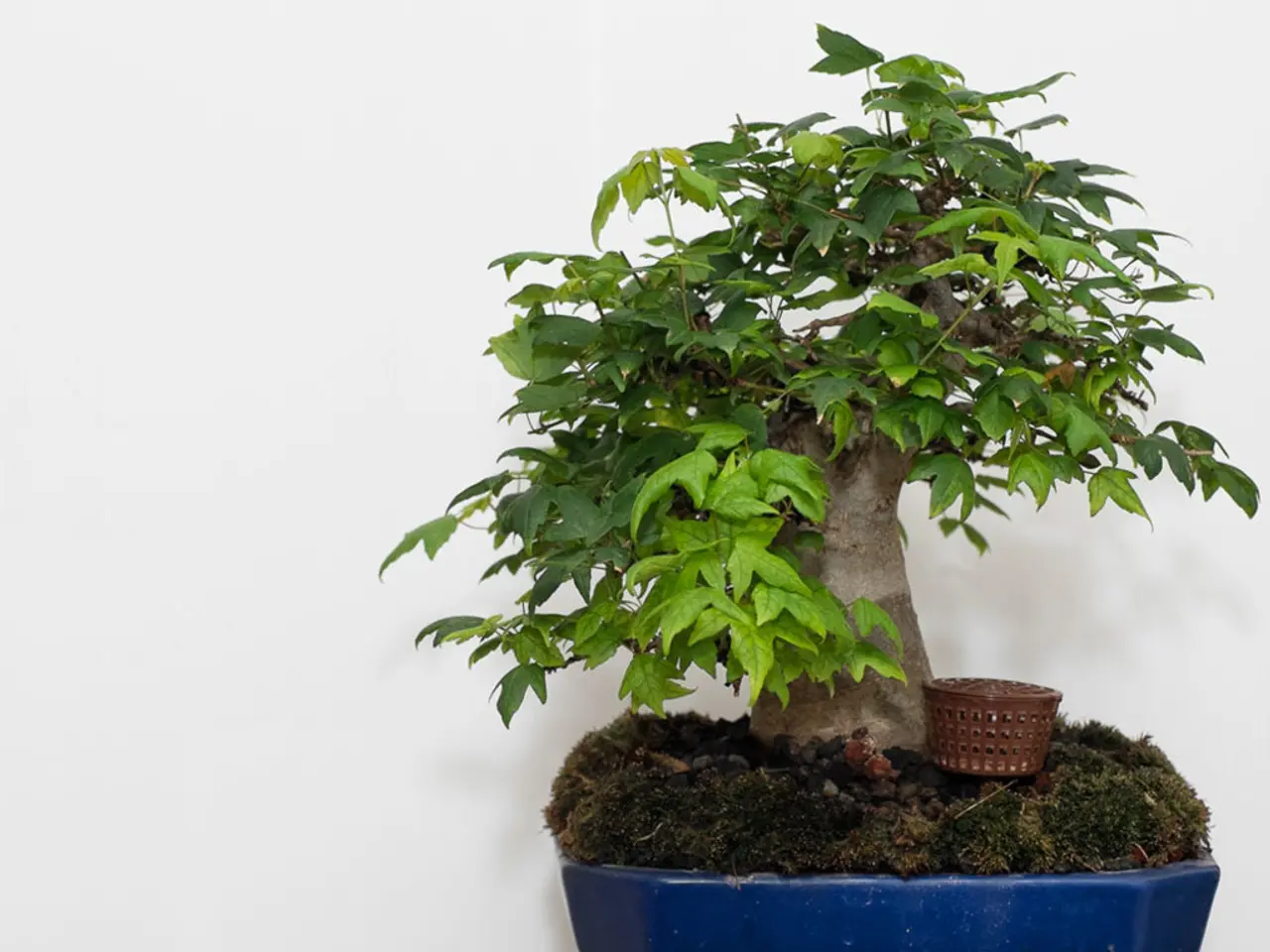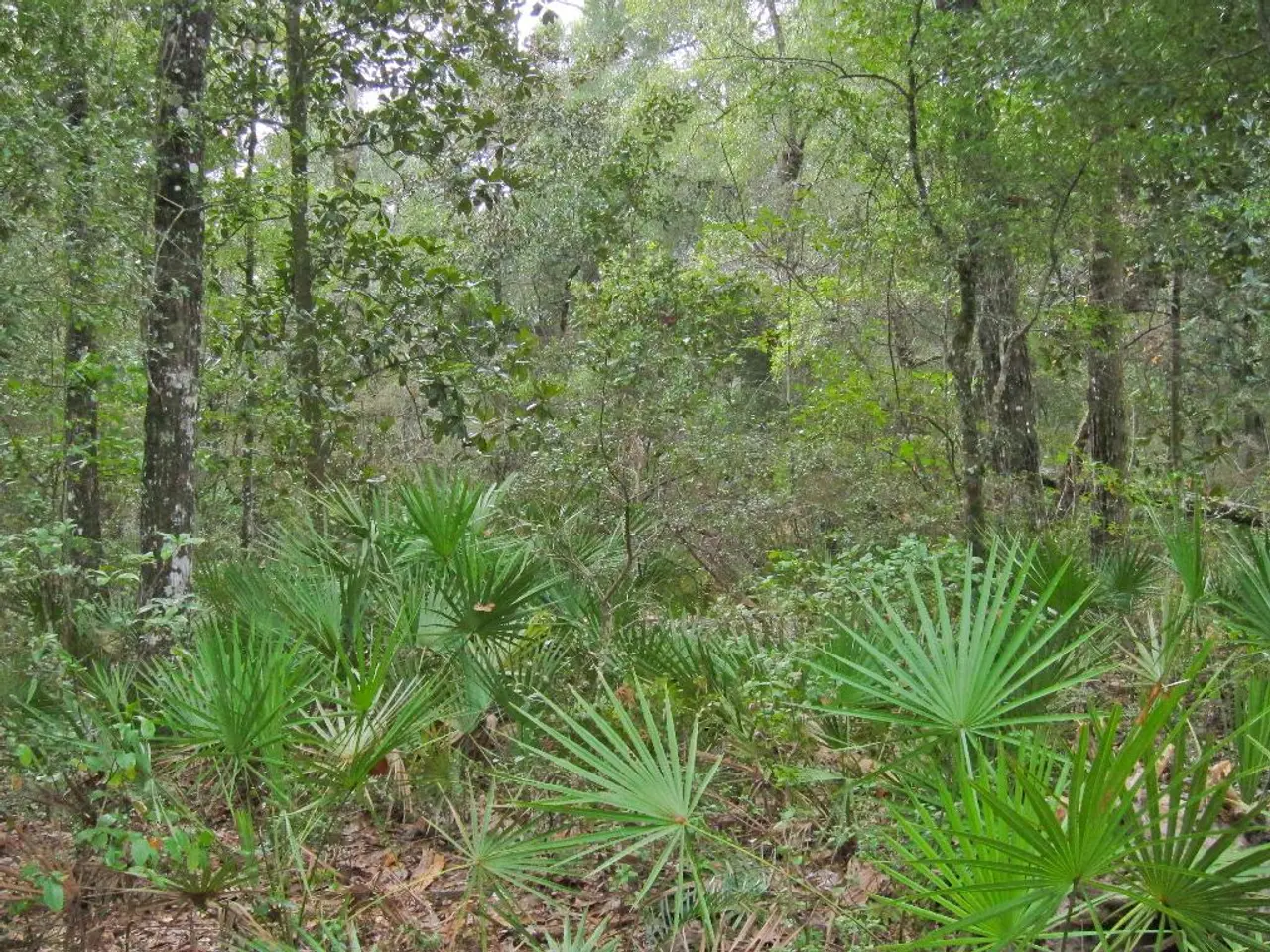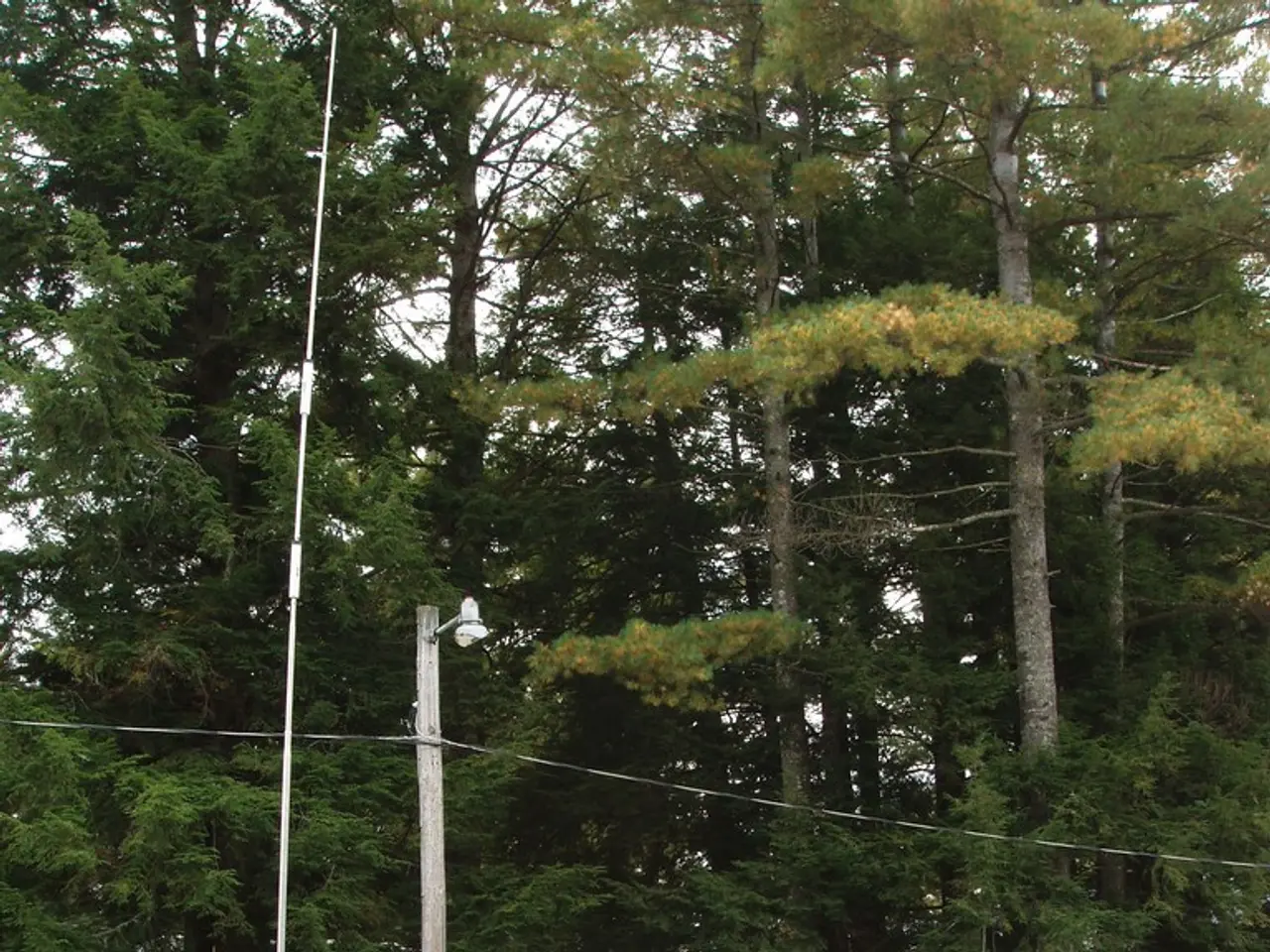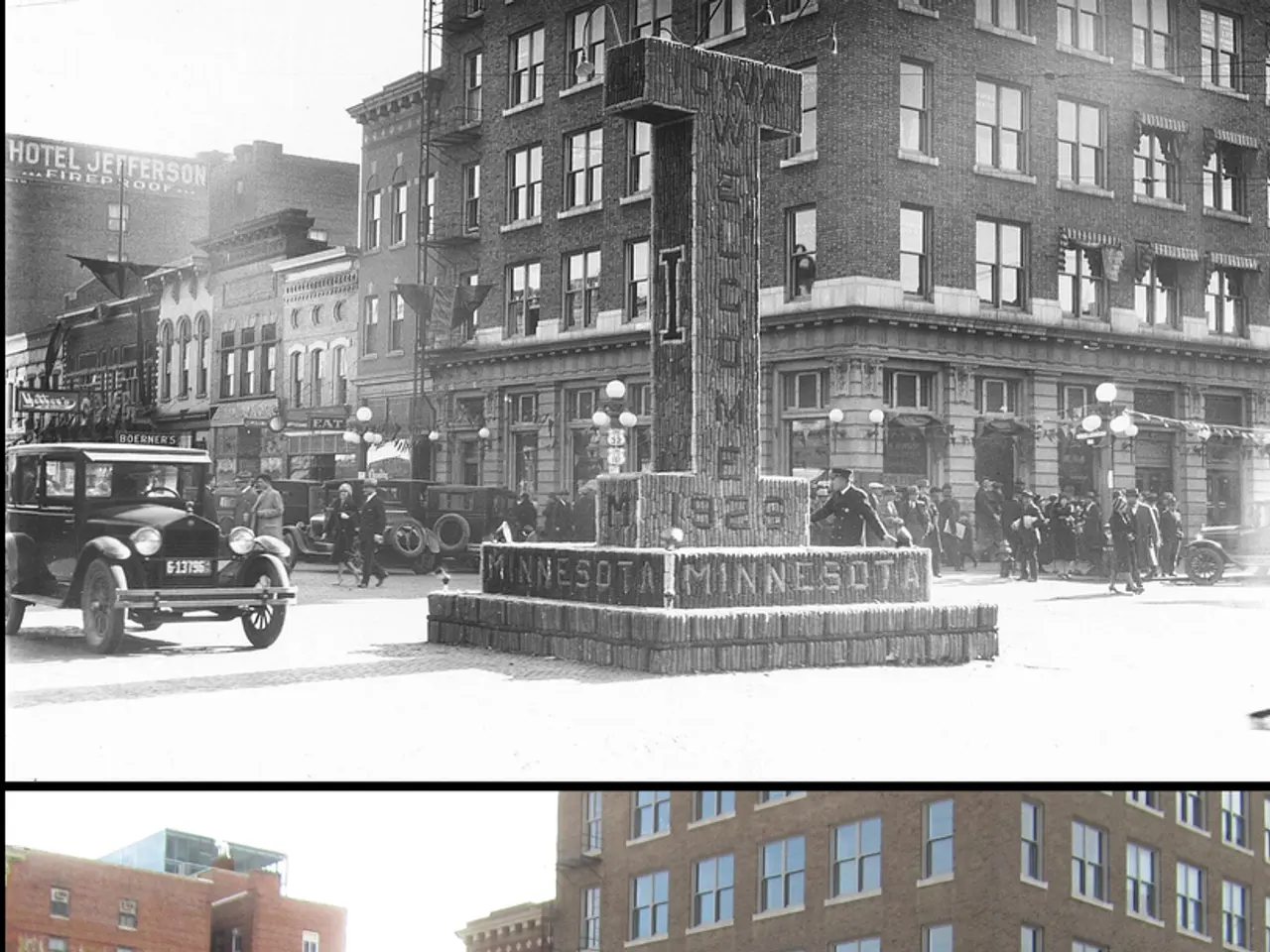Optimal Repotting Depth for Bonsai: Achieving Growth and Stability
In the artful world of bonsai, achieving a harmonious balance between growth, stability, and beauty is crucial. A well-replanted bonsai tree is a masterpiece of harmony, where these elements converge in perfect synchrony. However, the ideal repotting depth for bonsai trees varies significantly depending on species, size, style, and growth habits.
Different bonsai species have distinct root architectures and needs. For example, Ginseng Ficus bonsai, popular as indoor bonsai, requires repotting every two years during summer when roots fill the pot. This process involves trimming about the outer and lower quarter of roots to encourage compact root growth without over-pruning. On the other hand, Desert Rose bonsai, a succulent type, should be repotted every 2-3 years in a pot just 1-2 inches larger than the root mass, favoring shallow, wide pots to promote root spread and stability, avoiding tall pots that encourage undesirable taproot shapes.
Larger bonsai require deeper pots with more root volume for stability, while smaller and more stylistic forms may prefer shallower pots to emphasize the tree’s silhouette and keep growth controlled. Informal, cascading, or windswept styles may need different root pruning and placement to balance visual weight and physical stability.
Moderate root pruning during repotting encourages healthy root regeneration and prevents root-bound conditions. When placing the tree back into the pot, the root collar (where roots meet stem) should generally be positioned slightly above the soil surface or just level, depending on species. Too deep planting can lead to root rot and poor growth, while planting too shallow may expose roots to drying out.
The type of soil used can greatly affect water retention, with some soils retaining more water than others. Proper soil helps maintain moisture balance and oxygen flow around roots, enhancing healthy root development. Using well-draining bonsai soil mixes tailored to species is essential. For succulents like desert rose, cactus soil is preferred to avoid root rot.
Repotting during the growing season (often spring or early summer) minimizes stress and ensures roots quickly re-establish in fresh soil. Repotting weakened or stressed trees should be avoided. Maintaining proportional root mass relative to the tree’s above-ground size is key for stability and aesthetic balance. Pruning roots proportionally to canopy pruning preserves equilibrium.
A universal repotting depth guide may compromise ideal growth and stability, necessitating species-specific consideration. Gently disturbing the root ball during repotting can stimulate new growth and promote a healthy root system, but this decision depends on the bonsai's species, age, and individual needs. Using a potting mix that lacks proper drainage can cause waterlogged soil, leading to root rot and other problems. Insufficient root pruning during repotting can lead to root-bound conditions, reducing the tree's ability to absorb water and nutrients.
In conclusion, understanding the unique needs of each bonsai species, its size, style, and growth habit is essential for successful repotting. Employing careful root pruning, appropriate pot size and depth, and using well-draining soil while repotting during the growing season will result in a balanced and stable bonsai with high aesthetic appeal.
A well-rounded bonsai care routine also includes maintaining the health-and-wellness of trees as part of their lifestyle, extending to aspects beyond growth, such as the home-and-garden environment. For instance, a Ginseng Ficus, common in health-and-wellness-focused indoor settings, requires fitness-and-exercise in the form of regular repotting every two years during summer. Meanwhile, Desert Rose bonsai, typically placed in the home-and-garden landscape, necessitates a fitness-and-exercise routine tailored to succulents, including shallow, wide pots for exercising root spread and stability.




